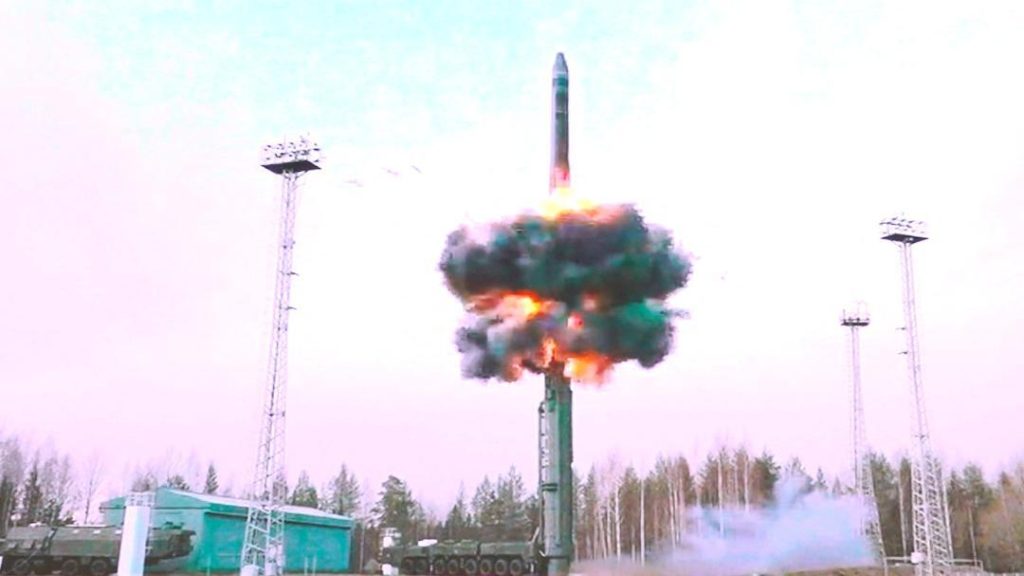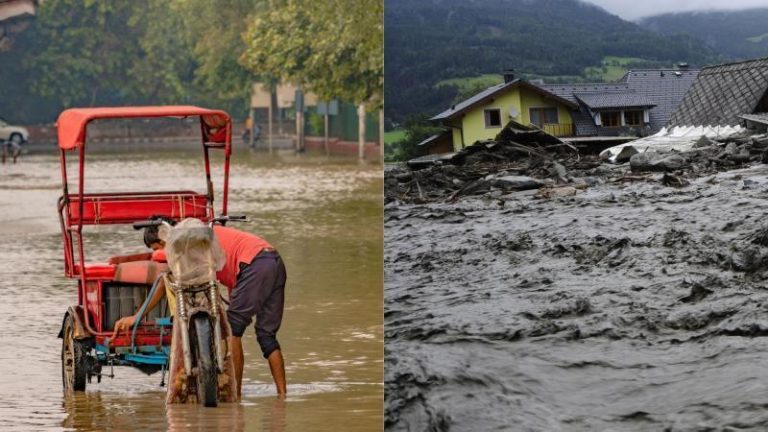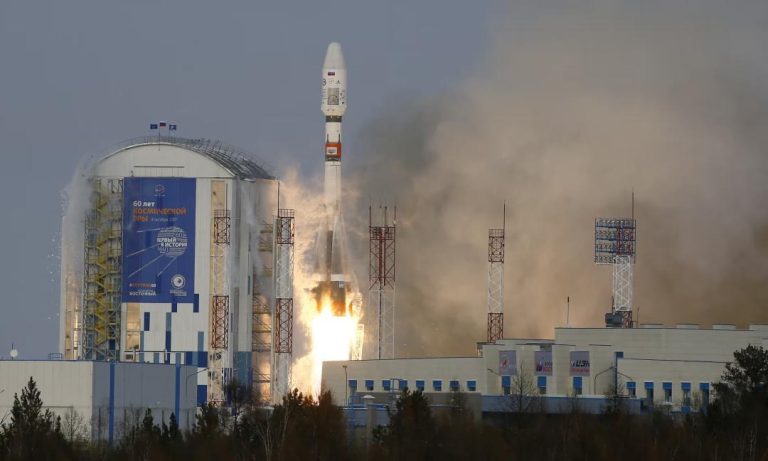
Underground Nuclear Tests Could be Hidden if Timed with Earthquakes: Study
The detection of underground nuclear tests has been a crucial aspect of international arms control agreements and global security efforts. However, a recent study by seismologists at Los Alamos National Laboratory has raised concerns that secret underground nuclear tests could go undetected if they occur simultaneously with earthquakes. The study, published in the Bulletin of the Seismological Society of America, suggests that the success rate of advanced signal detectors to identify a 1.7-ton nuclear weapon exploded underground falls significantly if an earthquake is happening nearby.
The study, titled “The Reduced Detection Rate of Signals That Are Masked by Earthquakes,” analyzed data from over 100 nuclear explosions conducted underground between 1960 and 1992. The researchers used this data to simulate the effects of earthquakes on the detection of underground nuclear tests. According to the study, if an earthquake occurs within 100 seconds around 250 kilometers away, the success rate of advanced signal detectors drops from 97% to 37%.
The researchers used a sophisticated signal detection algorithm to analyze the data. This algorithm is designed to identify the unique characteristics of seismic signals generated by underground nuclear tests. However, the study found that the presence of an earthquake can mask these signals, making it more challenging for detectors to accurately identify the source of the seismic activity.
The study’s findings have significant implications for global security. Underground nuclear tests are prohibited by international treaties, including the Comprehensive Nuclear-Test-Ban Treaty (CTBT). The CTBT aims to prevent the development and testing of nuclear weapons by establishing a global system for detecting and verifying the prohibition on nuclear testing.
The reduced detection rate of signals masked by earthquakes could potentially allow countries to conduct secret underground nuclear tests. This could undermine the effectiveness of the CTBT and compromise global security. The study’s findings highlight the need for continued research and development in the field of signal detection and verification.
The study’s authors acknowledge that the detection of underground nuclear tests is a complex and challenging task. They emphasize the need for continued investment in advanced signal detection algorithms and the development of new technologies to improve the accuracy and reliability of detection systems.
The study’s findings also have implications for the monitoring of earthquakes. Earthquakes can generate seismic signals that are similar to those generated by underground nuclear tests. The reduced detection rate of signals masked by earthquakes highlights the need for advanced signal processing techniques to differentiate between natural earthquakes and potential nuclear tests.
In conclusion, the study’s findings suggest that secret underground nuclear tests could be hidden if they occur simultaneously with earthquakes. The reduced detection rate of signals masked by earthquakes highlights the need for continued research and development in the field of signal detection and verification. The study’s findings have significant implications for global security and emphasize the importance of continued investment in advanced signal detection algorithms and technologies.
Source:
The Reduced Detection Rate of Signals That Are Masked by Earthquakes
Bulletin of the Seismological Society of America, Volume 95, Issue 3, 2005, pp. 653-431
https://pubs.geoscienceworld.org/ssa/bssa/article/doi/10.1785/0120250038/653431/The-Reduced-Detection-Rate-of-Signals-That-Are






